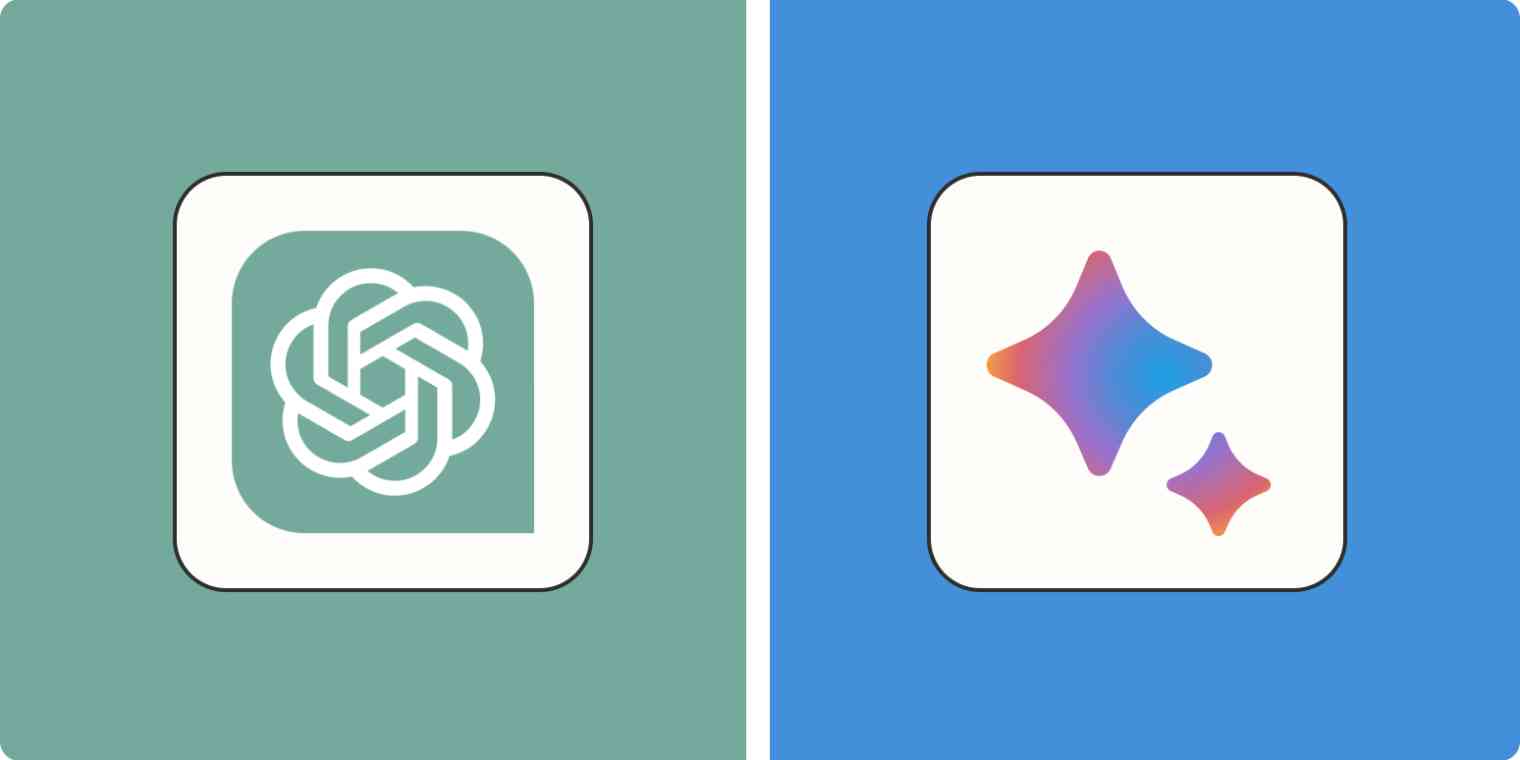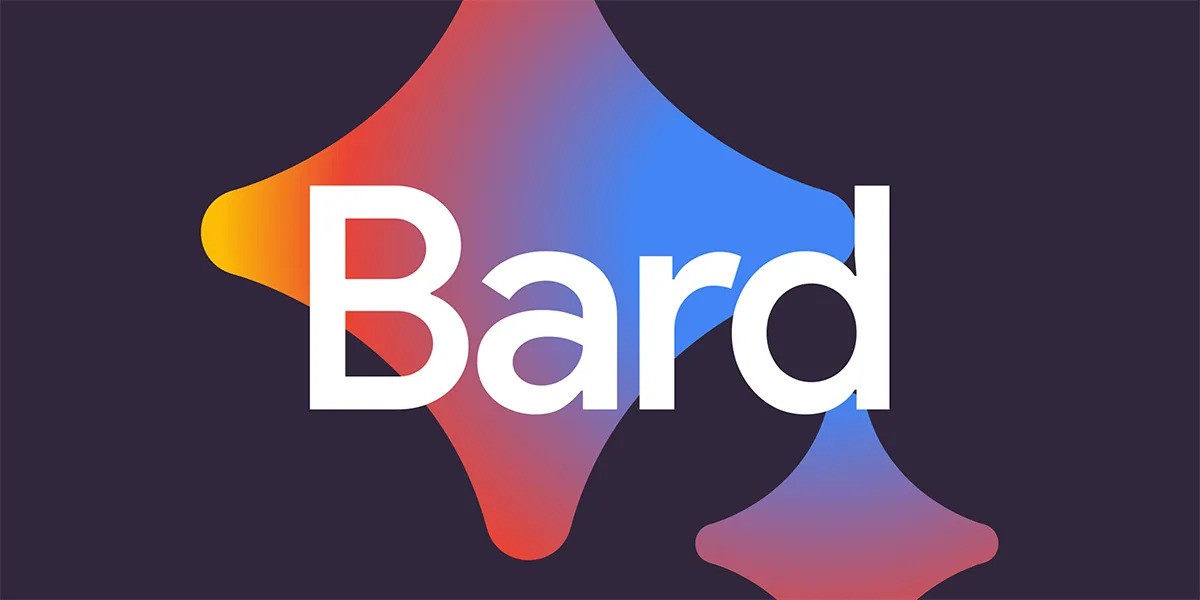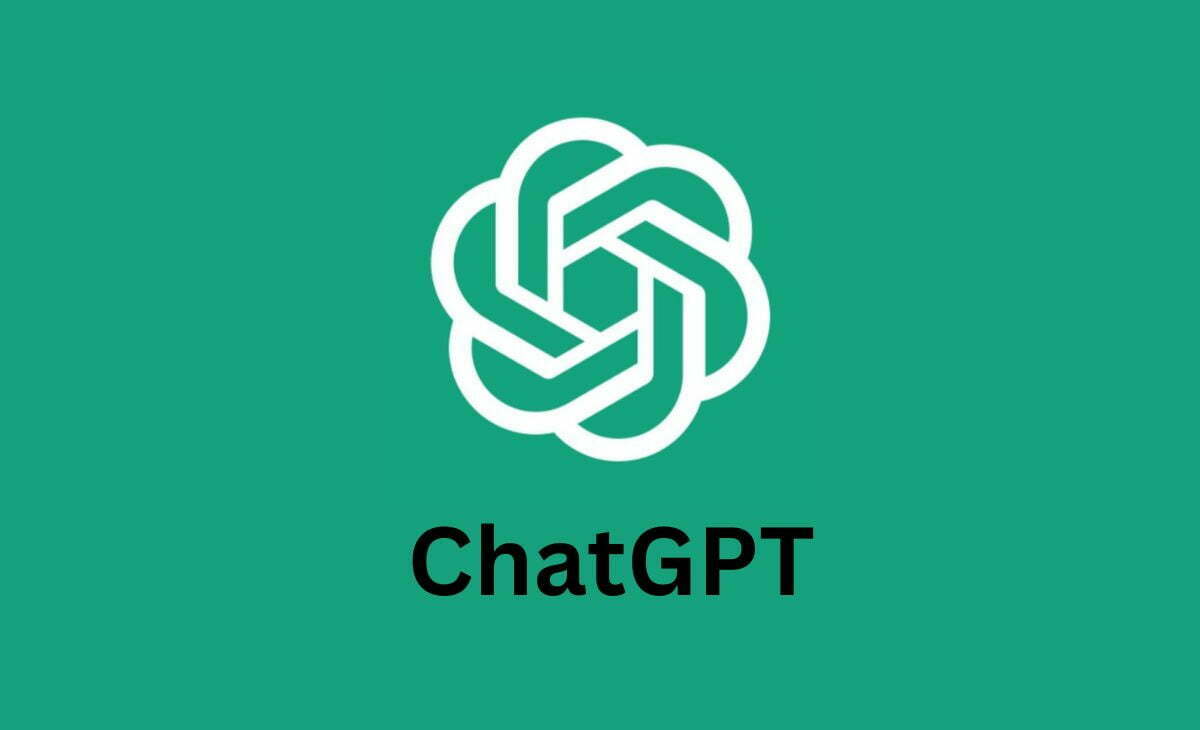
In the ever-evolving landscape of artificial intelligence, two prominent contenders have emerged, captivating the attention of users and industry experts alike. The clash between ChatGPT versus Bardsparks a compelling debate as to which AI tool reigns supreme in various aspects, from conversational prowess to coding proficiency. As users navigate the expansive realm of generative AI, the distinctions between these two platforms become pivotal in determining the optimal choice for diverse applications.
A Brief Overview
In November 2022, OpenAI propelled ChatGPT into the limelight, captivating the internet with its revolutionary capabilities. Users across various sectors explored ways to leverage AI-generated contentfor business, education, and personal use. Despite the enthusiasm, cautionary notes from AI experts echoed concerns about potential content confusion stemming from inaccurate data sources, emphasizing the nuanced landscape of generative content.
In response to OpenAI's success, Google, a techgiant, has now entered the fray with its AI-powered chatbot. This move signals a heated battle between industry leaders as they vie for supremacy in the realm of generative AI. The essence of generative AI lies in its ability to autonomously create content in response to user queries, utilizing vast datasets and machine learning models to generate text, images, and videos.
Microsoft, recognizing the potential of AI, has plans to collaborate with OpenAI, aiming to enhance and broaden the capabilities of artificial intelligence. This strategic partnership underscores the collaborative nature of advancing AI technologies.
Not to be outdone, Alphabet, Google's parent company, unveiled its conversational AI chatbot named Bard on March 21, 2023. Bard represents Google's response to ChatGPT, setting the stage for a comparison between two formidable AI tools.
While both ChatGPT and Bard share similar functionalities, key distinctions exist between the two. As the competition intensifies, the tech community eagerly awaits the unfolding narrative of this AI showdown, where innovation and user experiencewill undoubtedly be at the forefront.
What Is ChatGPT?
On November 30, 2022, OpenAI introduced ChatGPT, an AI-driven chatbot that uses machine learning for interactive conversations. According to Sam Altman, the CEO of OpenAI, ChatGPT attracted 1 million users in just five days, demonstrating its quick adoption.
The acronym GPT stands for Generative Pre-trained Transformer, reflecting its ability to identify patterns within data sequences. Currently leveraging the GPT-3.5 language model, trained on human-generated text from the internet, ChatGPT has evolved with the introduction of the upgraded GPT-4 model in its paid version, ChatGPT Plus. Utilizing this language model, ChatGPT formulates responses to user queries, showcasing the prowess of generative AI.
ChatGPT has proven versatile in generating a range of AI-created content, including but not limited to:
- Written code.
- Product descriptions.
- Blog posts.
- Email drafts.
- Summaries of transcripts, meetings, and podcasts.
- Simplified explanations of complex topics.
- Law briefs.
- Translations.
- Jokes or memes.
- Social mediaposts.
This diverse range of applications highlights the adaptability and utility of ChatGPT in various domains, making it a valuable tool for tasks requiring natural language interaction and content generation.
ChatGPT Features
ChatGPT harnesses the power of extensive data and large AI language models to craft natural and human-like responses for a range of purposes, including entertainment, business, and education. Despite common misconceptions, it's essential to note that ChatGPT lacks sentience; instead, it relies on the transformer's predictive text capabilities to generate responses, predicting the next word, sentence, paragraph, and beyond based on learned text sequences.
New Voice And Image Capabilities
ChatGPT is introducing innovative voice and image capabilities, enhancing its interface for more intuitive interactions. Users can now engage in voice conversations and even share images, enabling practical applications like receiving recipe suggestions by snapping a picture of the fridge and pantry. This feature allows users to ask follow-up questions for a step-by-step recipe guide.
Custom Versions Of ChatGPT - GPTs
Addressing the need for personalized interactions, ChatGPT introduces GPTs, enabling users to create custom versions tailored to specific purposes in daily life. Whether it's teaching math to a child or designing stickers, GPTs offer a versatile and customizable platform. Users can share their creations with others, expanding the utility of ChatGPT in various domains.
Prompt Examples
To ease the initiation of new conversations, ChatGPT introduces 'Prompt Examples.' This feature provides sample AI prompt templates at the start of a chat, reducing the initial blank-space intimidation factor. Users can leverage these examples to initiate engaging and meaningful conversations effortlessly.
ChatGPT Pricing
- Free - $0
- ChatGPT-4 - $20/month
These updates and features underscore ChatGPT's commitment to user-friendly interactions, customization, and continuous improvement, making it a versatile and accessible tool for diverse applications.
What Is Bard?
Google Bard, an AI-powered chatbot designed for lifelike conversations using natural language processing and machine learning, draws responses from the internet to simulate human-like interactions. Initially leveraging Lamda for dialogue applications, Bard later upgraded to Google's advanced language model, Palm 2 (Pathways Language Model). This newer model excels in commonsense reasoning, logic, and mathematics, boasting improved speed over its predecessors, as highlighted in a Google blog post.
Unlike conventional search engineresults pages, Bard's primary objective is to deliver detailed information in a simple answer format. Comparable to virtual assistants like Alexa and Siri, Bard responds with embedded links for users to explore additional information.
In addition to information retrieval, Bard doubles as a personal assistant, assisting with tasks such as vacation bookings, locating existing reservations, and aiding in meal planning. The chatbot operates on conversational or natural language queries, departing from the traditional keyword-based approach of search engines.
Bard is accessible to the public, offering content in over 40 languages across more than 230 countries and territories. This expansive reach positions Bard as a versatile and globally accessible tool for users seeking interactive and informative conversational experiences.
Google Bard Features
Google Bard distinguishes itself through its unique approach to information retrieval, setting it apart from other AI chatbots. Key features that define Bard's capabilities include:
Bard Extensions
Google consistently enhances Bard's capabilities, and the latest addition is Bard Extensions. This feature allows the chatbot to seamlessly access information from Gmail, Google Docs, Google Maps, Google Drive, and more. For example, planning a team trip to the Grand Canyon becomes efficient as Bard can gather availability dates from Gmail, provide real-time flight and hotel details, offer Google Maps directions to the airport, and even suggest YouTube videos showcasing activities at the destination.
Assistant With Bard
Google Bard introduces a compelling feature called Assistant in Bard, combining a personalized assistant with generative AI technology. Users can interact with this tool using text, voice, or images. For instance, if you struggle with creating captions for a social media post, Assistant with Bard can assist by analyzing the image and generating a contextually relevant caption - a unique and innovative approach in the AI landscape.
"Google It" (G) Button
Another notable addition is the "Google it" button (G button), providing users with a quick way to verify Bard's responses. Clicking on the 'G' icon prompts Bard to review its answer and check for similar content across the web. By clicking on highlighted phrases, users can learn more about related content, enhancing the accuracy and authority of the information that Bard provides.
Google Bard Pricing
Free to use with no limitations on the number of questions users can ask. This trio of features showcases Bard's commitment to innovation, efficiency, and user-friendly interactions, making it a powerful and accessible tool in the AI landscape.
The Difference Between ChatGPT And Bard
Google Bard and ChatGPT have certain similarities, yet their notable differences distinguish them from each other. This section will delve into these distinctions, aiming to identify the strengths and weaknesses of each platform in various aspects.
Training Model
The primary distinction between Bard and ChatGPT lies in the Large Language Models (LLM) they utilize. While OpenAI's ChatGPT is built upon the Transformer architecture, Google Bard operates on the PaLM 2 architecture.
Both platforms have experienced notable errors, underscoring the ongoing learning and improvement inherent in AI technologies.
The predecessors of GPT-3 and GPT-4 were trained on an extensive dataset comprising text from diverse sources on the internet, including websites, books, articles, and documents. Infiniset, a dataset that primarily focuses on dialogues and conversations, in contrast, enhanced Google PALM2's training.
Infiniset draws from Common Crawl, Wikipedia, published documents, and a diverse array of web-based conversations. Also, Google Bard's AI model actively scours the web in real time, providing users with relevant and up-to-date answers.
Similarly, ChatGPT relies on training data compiled from Common Crawl, Wikipedia, books, articles, and documents up until 2021, indicating that its AI engine may not capture the latest eventsand research developments.
Both GPT-4 and LaMDA are evolving technologies. As their capabilities advance, the dynamics of the ChatGPT vs Google Bard rivalry will transform, shaping the future landscape of AI language models.
Coding Proficiency
In the evaluation of coding proficiency between ChatGPT and Bard, the results indicate that ChatGPT adeptly interpreted vague directions, generating cleaner code compared to Google Bard. Moreover, ChatGPT outperformed Bard in terms of explaining the generated code.
However, Google Bard showcased notable strength in code refactoring. It not only provided optimized code solutions but also presented benchmark-creating code along with benchmark results, emphasizing its capacity to produce efficient and performant code. This advantage can be attributed to Bard's utilization of search engine data in addition to being a Large Language Model (LLM), a feature not present in ChatGPT at the time of testing.
Ultimately, the two models exhibit distinct coding proficiency strengths. ChatGPT excels in interpreting directions and delivering clear explanations, while Google Bard demonstrates superiority in code refactoring and furnishing comprehensive debugging justifications. Recognizing these nuances enables users to make informed decisions regarding which model aligns better with their specific coding requirements.
Number Of Variations
A pivotal distinction between ChatGPT and Google Bard lies in their generation capabilities. Unlike ChatGPT, which produces a single output for a given input, Google Bard, employing Beam Search, can generate multiple answers to a single query input.
The utilization of Beam Search empowers Google Bard to explore diverse paths through the language model, significantly expanding the range of variations it can generate. This inherent capability makes Google Bard superior to ChatGPT in terms of the sheer number of variations it can offer.
Conversation Retention Ability
The ability to retain context from previous conversations stands out as a significant divergence between ChatGPT and Google Bard. While ChatGPT can store up to 3,000 words of conversation history, it does not actively leverage this information during response generation. Consequently, ChatGPT may encounter challenges in sustaining the coherence of a conversation and delivering accurate responses to subsequent queries.
In contrast, Google Bard excels in the retention and utilization of context from prior exchanges. This proficiency enables Google Bard to tailor its responses more effectively, leveraging insights from previous interactions. As a result, Google Bard is better positioned to offer precise answers and uphold the continuity of a conversation across multiple exchanges.
Language Support
The expansion of language support is a significant advantage for AI language models such as ChatGPT and Bard. By incorporating multilingual capabilities, these models enhance their capacity to reach a broader global audience, fostering inclusivity and accessibility.
Bard currently supports 40 languages, including Japanese and Korean, showcasing Google's dedication to linguistic inclusivity. This expanded language repertoire enables Bard to cater to a more extensive user base, providing language-specific insights, information, and assistance to individuals worldwide.
In comparison, ChatGPT boasts support for over 50 languages, allowing users to engage and receive assistance in their preferred language. This comprehensive language coverage facilitates comfortable interactions for individuals from diverse linguistic backgrounds, promoting effective communication and understanding. Currently, ChatGPT's support for a greater number of languages positions it as the leader in this aspect.
Security And Safety
Privacy and security concerns have enveloped both ChatGPT and Google Bard. ChatGPT, in particular, has faced scrutiny for its involvement in the creation of phishing emails and ransomware, thereby heightening cybersecurity risks. The platform logs conversations and collects personal information for training purposes, with the added scrutiny of human trainers reviewing chats.
Notably, the inability to delete specific prompts from ChatGPT's history discourages sharing personal or sensitive information. Consequently, several companies, including Samsung Electronics, have taken measures to ban ChatGPT and Google Bard within their organizations.
Sensitive business data leaks to ChatGPT served as the impetus for Samsung's decision to forbid employees from using it. In one case, an employee posted a corporate meeting transcript to ChatGPT, seeking a summary.
Another incident involved entering confidential program code into ChatGPT for code optimization. Samsung's action reflects a broader concern about the security risks associated with large language models, which, due to their extensive training datasets, have the potential to generate realistic and convincing text containing sensitive information.
Google Bard, although relatively new, has not escaped security and privacy implications. Instances of generating phishing emails since its launch highlight the potential for misuse. Google advises users against disclosing personal information to Bard, emphasizing data collection practices. Also, concerns have been raised about the possibility of Bard infringing on intellectual copyright by incorporating content without proper permission or attribution.
As both Google Bard and ChatGPT grapple with security challenges and are in the process of learning and evolving, determining a clear winner in terms of security and privacy remains challenging at this point.
Number Of Third-Party Integrations
Presently, ChatGPT boasts a rich array of integrations and an extensive selection of plugins that significantly augment its capabilities, catering to a diverse range of use cases. Noteworthy plugins have been developed by various entities, such as Expedia, FiscalNote, Instacart, KAYAK, Klarna, Milo, OpenTable, Shopify, Slack, Speak, Wolfram, and Zapier. These plugins empower ChatGPT to enhance its functionality, offering users a myriad of features and services.
Similarly, Google Bard has integrated with various plugins, including those from Walmart, Kayak, Uber Eats, Spotify, Adobe Firefly, Instacart, Wolfram Alpha, and Khan Academy. In essence, both Google Bard and ChatGPT support an extensive array of third-party plugins, allowing users to access a wide range of additional features and services.
ChatGPT Versus Bard - FAQ
Is Bard A Copy Of ChatGPT?
Technically speaking, ChatGPT and Bard are very similar. They are both generative AI products with general-purpose capabilities that compete for the same market. They share the same underlying technology, the so-called LLMs.
Which AI Chatbot Is Best?
The Jasper generative AI chatbot can be trained on your brand voice to interact with your customers in a personalized manner. Jasper partners with OpenAI and uses GPT-3.5 and GPT-4 language models and their proprietary AI engine.
Is Bard More Advanced Than ChatGPT?
Both Google Bard and ChatGPT-4 are powerful conversational AI tools that excel in different areas. Bard outperforms ChatGPT-4 when it comes to human-like response, user-friendliness of the interface, and real-time access to the internet.
Conclusion
As the dust settles on the ChatGPT versus Bard arena, it becomes clear that there's no singular victor. Both tools excel in their unique ways, catering to distinct needs and preferences. ChatGPT shines with its creative flair and engaging dialogue, while Bard reigns supreme in factual accuracy and research capabilities.
Ultimately, the "best" choice depends on your objectives. Regardless of your choice, rest assured that both ChatGPT and Bard represent the cutting edge of language AI, pushing the boundaries of what's possible and paving the way for an exciting future of human-machine interaction.

